As landscape photographers, or any photographers for that matter, we are often faced with less than ideal conditions when out shooting. Maybe you couldn’t get to the exact spot you wanted to in time for the good light, or there are clouds when you wanted sun, etc. We can either pack up and go home, waiting for the “perfect” conditions, or we can adapt our expectations and our compositions to take advantage of these perceived less than ideal conditions. What are “ideal” conditions? Simply put, I feel those are the conditions you envisioned for a particular shot or what you were hoping for for a particular location or setting. It can range from bright and sunny, to cloudy and rainy, to snow covered. It really doesn’t matter what the conditions are per se, its just how those conditions relate to the shots you want to take at each location.
I recently posted the below image on my social media and in replying to a comment I said something about how I didn’t feel I was in the “right” location on this night and didn’t get the composition that I wanted. It was less than ideal for me, yet I took the shot anyways. The original commenter replied back with a long post that made me pause and consider some of his points. In particular, he was quoting a famous American painter Richard Diebenkorn and how he welcomed struggle and conflict in the creation of his art and how he hoped it came through that he made good art even when faced with struggles and less than ideal conditions. To quote from the article, “Diebenkorn was more troubled by easy perfection; he wanted his paintings to resolve problems but not so thoroughly that they seemed pat or pretty, the marks of struggle erased. The more restrictions he could create for himself, the freer he could be in improvising his way to a solution.” HERE is the link to the full article.
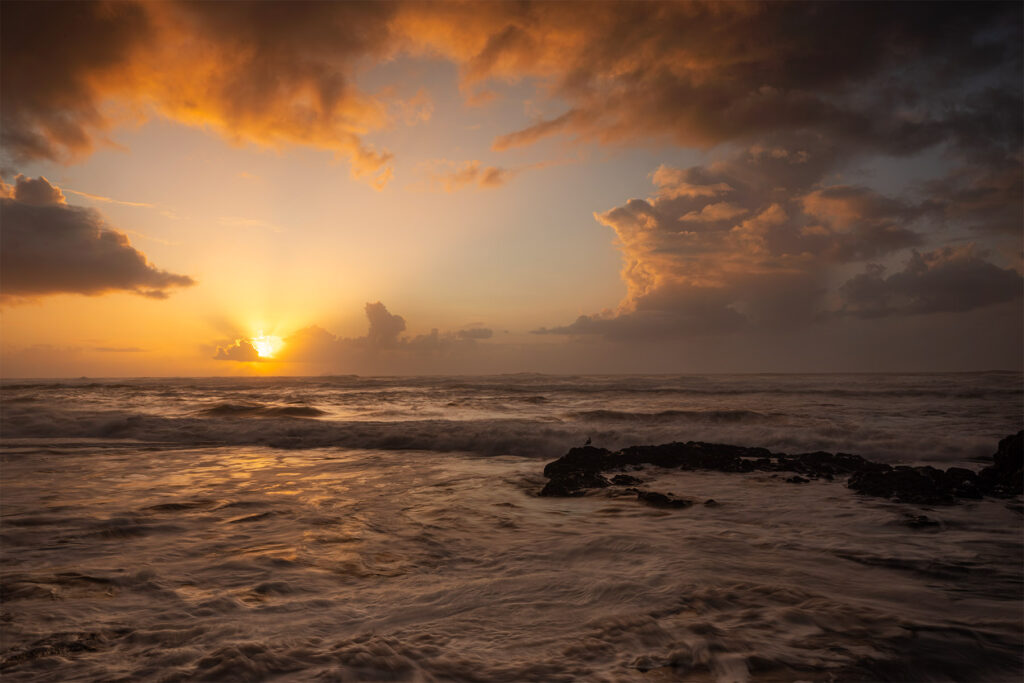
The commenter made one particularly insightful comment that really got me thinking……”it could be that your less than ideal location forced some inventiveness that comes through in other ways.” Wow. That really hit me differently today, so much so that I had to share it with you. How often are we faced with less than ideal shooting conditions and we just adapt to the situation and create some images. How often have you stopped and thought about your creative choices being made because of the less than ideal conditions? In the above image, if I had more/better/different foreground, how would I have shot the image? Would it have the same impact or tell the same story? My guess is that the final image would have “felt” different than the one above….which is neither good nor bad, it would just be different. My “ideal” coastal image has water motion around rocks in the foreground with minimal mid-ground and then a beautiful sunset with clouds. The above shot, because I didn’t have a foreground, is largely a mid-ground and then a gorgeous sky. Because there is so much mid-ground water, my creative choices were largely focused on shutter speed for how to portray the water and waves. Did I want to stop all motion and have a frozen static ocean? Did I want to have a super-long shutter speed and create that dreamy cotton candy water? Because there is so much water, I needed to create some visual interest in the water, keep some definition of the swirls and waves, and also have some artistic blur of the water to depict motion. If I was in a different location with rocks and waves in the foreground, I would have chosen a much different shutter speed and may have framed the clouds and sky differently. My guess is that the image would have more “dynamic energy” to it, having the waves and water motion in the foreground along with a golden (energetic) sky. Because this image doesn’t have that foreground energy, the “feeling” is a bit more calm and relaxed. Again, it’s not good or bad, it is just different than my “ideal” shot on this night.
Years ago when I began to take my photography more seriously, I had a belief that there was “good light” and “bad light” for photography. Good light happening during blue hour and sunrise/sunset, bad light happening during the middle of the day or when cloud cover hides the sunrise/sunset. I no longer feel this way about light, there is no “good” or “bad” light. There is just different light and sometimes it may not be the right light for what you want to shoot. However that doesn’t mean you shouldn’t shoot. There is always something to photograph in any given light if you open yourself up to shooting different subjects or shooting in styles that are not your normal.
If you are faced with harsh light during mid-day, think about shooting in monochrome. Some of my favorite monochrome shots were done in harsh lighting because it provides incredible contrast and the full tonal range. If you are faced with cloudy, overcast skies, look to create drama in your images. Find a composition that can use that sky to paint a picture of tension, 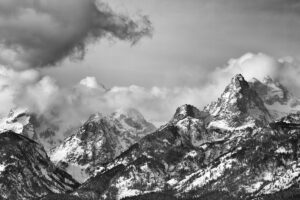 drama, chaos, quiet, etc.
drama, chaos, quiet, etc.
Similarly, in harsh lighting conditions, seek out shaded areas and find some macro or intimate nature shots that you could compose. Even if that isn’t your “thing”, go ahead and try. Every photograph we take can add to our knowledge and skills as photographers and digital film is cheap, so give it a try.
But back to the original motivation for this article, shooting in less than ideal conditions and how that may affect how we create an image. If we are constantly striving to improve our photography, there is probably something in each of our images that we wish we could have improved, from the location, to the time of day, the arrangement of the clouds, the amount of water flowing down a creek, our own technical prowess, etc. So, each of our photographs are “less than ideal” when we are on a road of constant growth and improvement. What I would like to do is to challenge you to think about the creative choices you make when faced with less than ideal shooting conditions. How do you compose the scene and what are you doing differently than if you had the “ideal” set of conditions? Self-awareness and knowledge around this will help us to evaluate ourselves and our creative process which in turn will help us grow as artists…especially when we cannot control our natural surroundings.
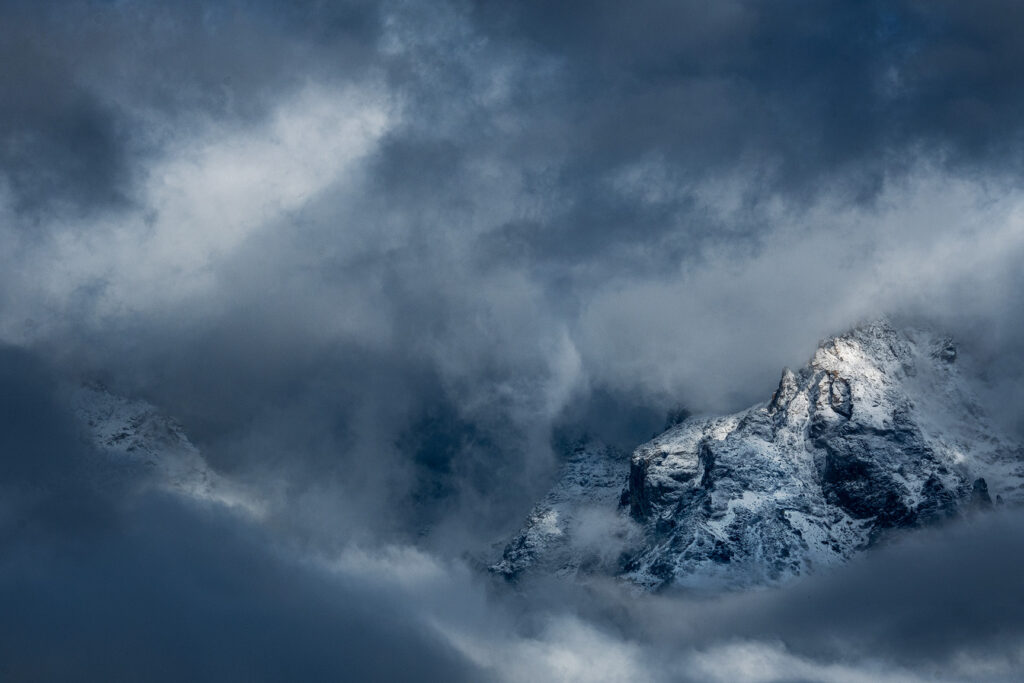


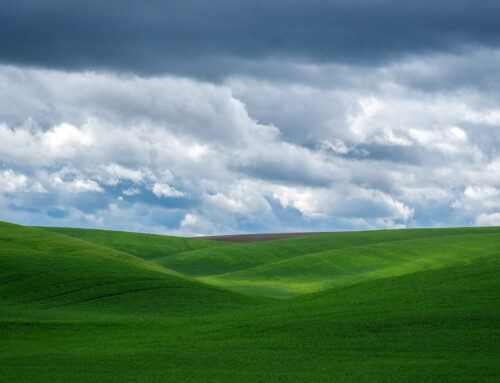
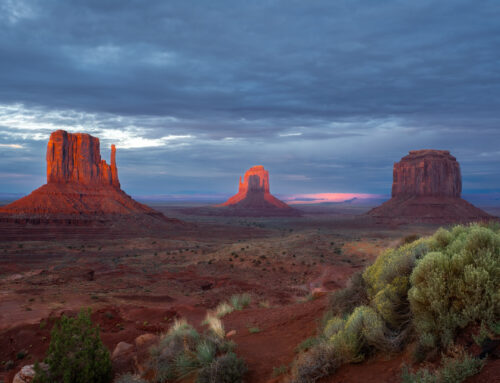
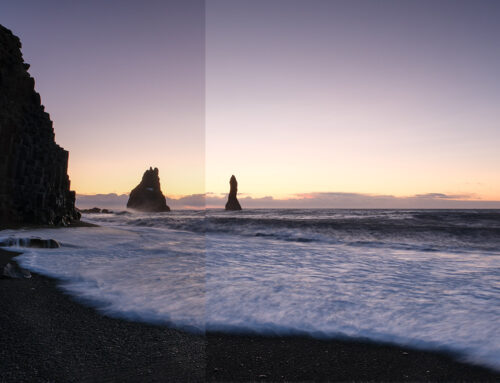
Leave A Comment